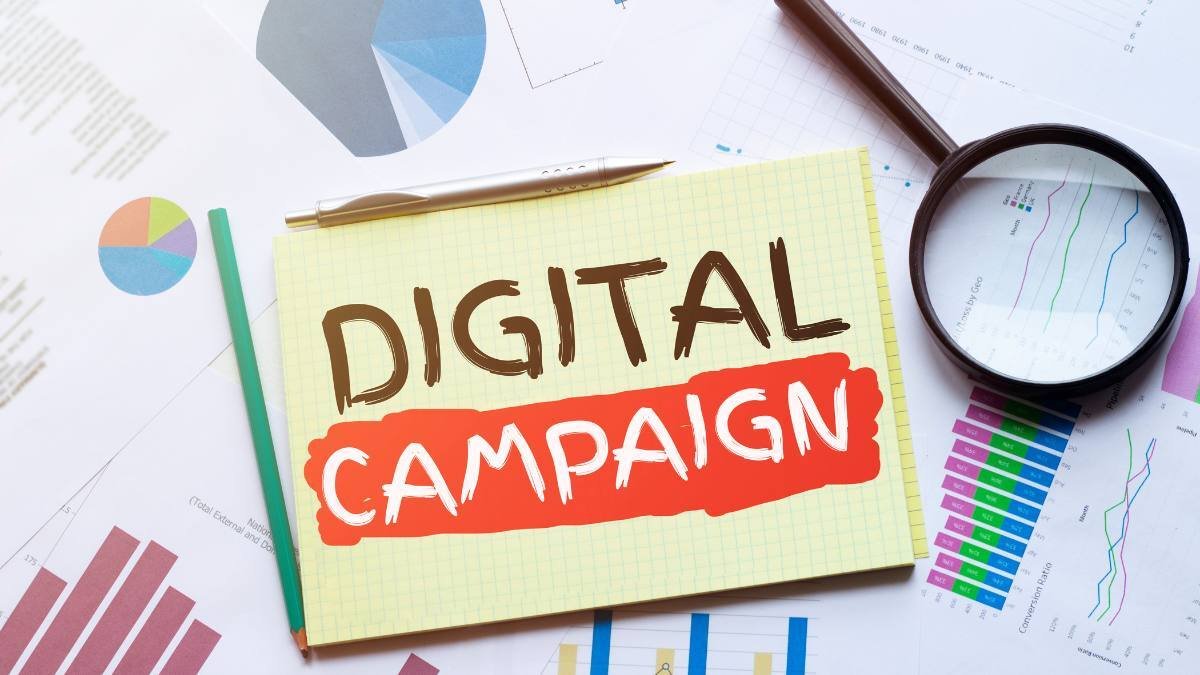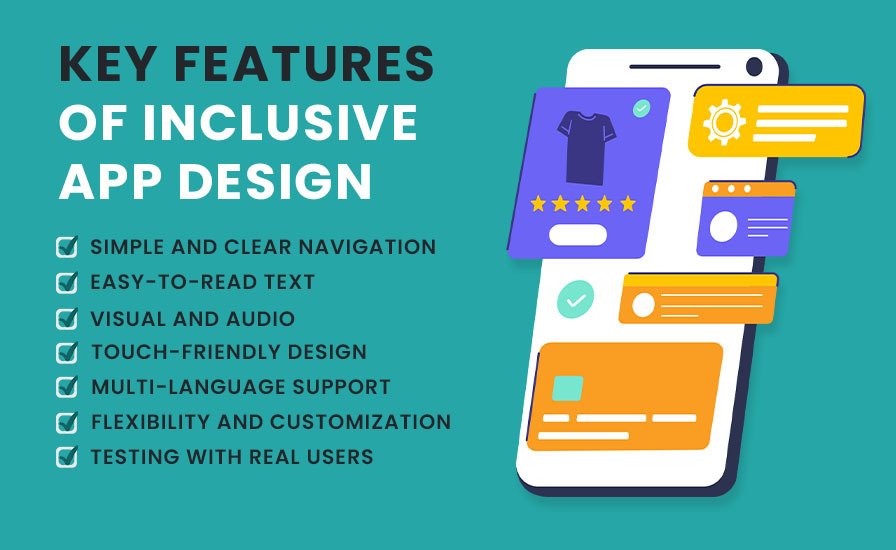How To Use Social Media For Sustainable Marketing
Imagine walking into a store that not only sells products you love but also makes you feel good about your purchase because you know they’re helping the planet. Now, imagine that store is accessible right from your phone. This is the magic of social media when paired with sustainable marketing. Social media isn’t just about connecting with friends or posting selfies anymore. It’s a powerful tool that can drive meaningful change, especially in the realm of sustainable marketing.
Let’s explore how you can harness this power to promote your brand’s sustainable marketing practices.

Power of Social Media for Sustainable Marketing
Social media platforms are like bustling marketplaces where ideas, trends, and products get exchanged rapidly. When you weave sustainable marketing strategies into this dynamic environment, you can not only reach a broader audience but also influence their behavior towards more eco-friendly choices.
But what exactly is sustainable marketing? Simply put, its promoting products or services in a way that also benefits the environment and society. It goes beyond just selling: it’s about creating value and making a positive impact.
Building a Sustainable Brand Identity
Before you dive into the nitty-gritty of social media, ensure your brand identity aligns with sustainable values. Authenticity is key here. Consumers are savvy and can spot greenwashing (when a company falsely claims to be environmentally friendly) from a mile away.
Start by:
Defining Your Mission: Clearly articulate your commitment to sustainability. What are your goals? How do you plan to achieve them?
Being Transparent: Share your journey towards sustainability, including your successes and areas needing improvement. Transparency builds trust.
Engaging Employees: Ensure your entire team is on board and understands the importance of sustainable practices. They are your brand ambassadors.
Crafting Engaging Content
Once your brand’s foundation is set, it’s time to craft content that resonates with your audience. Here are some sustainable marketing practices for social media content creation:
Educational Posts: Share informative content about sustainability. Explain why certain sustainable marketing practices matter and how your brand is contributing. Use infographics, short videos, and engaging captions to simplify complex topics.
Behind-the-Scenes: Take your audience behind the scenes of your sustainable operations. Whether it’s a tour of your eco-friendly manufacturing process or a day in the life of your sustainability team, this transparency builds a deeper connection.
User-Generated Content: Encourage your customers to share their own sustainable practices using your products. Create a unique hashtag and feature these posts on your feed. This not only builds community but also provides authentic testimonials.
Storytelling: Share stories of how your brand makes a difference. Highlight partnerships with NGOs, environmental impact statistics, and customer success stories. People love narratives that inspire and motivate.

Using Different Platforms
Each social media platform has its unique strengths. Here’s how to tailor your sustainable marketing strategies for different platforms:
Instagram: Ideal for visual storytelling. Use high-quality images and videos to showcase your sustainable practices. Utilize features like Stories, Reels, and IGTV to share quick tips, longer narratives, and real-time updates.
Facebook: Great for building communities and engaging in detailed discussions. Create a group dedicated to sustainability topics, host live Q&A sessions, and share long-form content and articles.
Twitter: Perfect for quick updates and engaging in broader conversations. Share bite-sized tips, engage in trending sustainability hashtags, and participate in Twitter chats.
LinkedIn: Focus on B2B interactions and thought leadership. Share in-depth articles, whitepapers, and case studies about your sustainable initiatives. Engage with industry professionals and join relevant groups.
TikTok: Reach younger audiences with creative and entertaining content. Use short, catchy videos to showcase eco-friendly hacks, DIY projects, and your brand’s sustainability efforts.
Building Community and Engagement
Engagement is the heartbeat of social media. Here’s how to foster a vibrant community around your sustainable brand:
Interactive Campaigns: Launch campaigns that encourage audience participation. For instance, a “30-Day Sustainability Challenge” where users share their eco-friendly actions daily.
Polls and Surveys: Use polls and surveys to gather feedback and ideas from your audience. This not only shows you value their input but also helps tailor your strategies to their preferences.
Collaborations: Partner with influencers, other brands, and NGOs that share your values. Collaborative campaigns can amplify your message and reach new audiences.
Customer Support: Use your social media channels to provide excellent customer support. Address inquiries about your sustainable practices promptly and transparently.
Measuring Impact and Adapting Strategies
To ensure your sustainable marketing efforts are effective, it’s crucial to measure impact and adapt strategies as needed. Here’s how:
Analytics Tools: Use social media analytics tools to track engagement, reach, and conversion rates. Pay attention to metrics like likes, shares, comments, and click-through rates.
Sustainability Metrics: Measure specific sustainability metrics such as carbon footprint reduction, waste management, and resource efficiency. Share these achievements with your audience to build credibility.
Feedback Loop: Continuously seek feedback from your audience. Use surveys, comment sections, and direct messages to understand their perceptions and preferences.
Practical Tips for Sustainable Marketing on Social Media
To wrap things up, here are some practical tips to get started with sustainable marketing on social media:
Eco-Friendly Content Creation: Be mindful of the resources you use when creating content. Opt for digital tools that reduce paper usage and minimize your carbon footprint.
Promote Sustainable Behaviors: Encourage your audience to adopt sustainable practices. Share tips on reducing waste, recycling, and supporting eco-friendly brands.
Highlight Certifications: If your products are certified by reputable organizations (e.g., Fair Trade, Organic), make sure to highlight these in your posts.
Engage with Critics: Not everyone will agree with your practices, and that’s okay. Engage respectfully with critics, address their concerns, and use their feedback to improve.
Stay Updated: The world of sustainability is always evolving. Stay informed about the latest trends, technologies, and best practices to keep your strategies relevant.
Case Studies: Brands Leading the Way
Patagonia
Patagonia is a shining example of a brand that uses social media for sustainable marketing. They regularly share posts about their environmental initiatives, such as their commitment to using recycled materials and their advocacy for conservation. Patagonia’s social media presence is not just about promoting products but also about inspiring action and change.
The Body Shop
The Body Shop uses its social media platforms to highlight its sustainable practices, such as cruelty-free testing and using ethically sourced ingredients. They also run campaigns that encourage customers to recycle their empty product containers, creating a sense of community and shared responsibility.
IKEA
IKEA has embraced sustainable marketing by sharing tips on living a more sustainable life. Their social media posts include DIY projects for upcycling furniture, energy-saving tips, and information about their sustainability goals. By doing so, IKEA positions itself as a brand that cares about the planet and empowers its customers to make eco-friendly choices.
FAQs About Using Social Media for Sustainable Marketing
1. What is sustainable marketing?
Answer: Sustainable marketing involves promoting products or services in a way that not only benefits the business but also has a positive impact on the environment and society. It focuses on creating value while minimizing negative ecological and social impacts.
2. How can social media help in sustainable marketing?
Answer: Social media can help in sustainable marketing by providing a platform to educate and engage with a broad audience about eco-friendly practices, showcase sustainable products, share transparent company processes, and build a community of like-minded individuals who support sustainability.
3. What are some examples of sustainable marketing practices on social media?
Answer: Examples include posting educational content about sustainability, sharing behind-the-scenes looks at eco-friendly operations, promoting user-generated content that showcases customers using sustainable products, and partnering with influencers who advocate for green practices.
4. Which social media platforms are best for sustainable marketing?
Answer: Different platforms serve different purposes. Instagram is great for visual storytelling, Facebook is ideal for community building and detailed discussions, Twitter is useful for quick updates and engaging in broader conversations, LinkedIn is suited for B2B interactions and thought leadership, and TikTok is effective for reaching younger audiences with creative content.
5, How can I create engaging content for sustainable marketing on social media?
Answer: To create engaging content, focus on storytelling, use high-quality visuals, share educational posts, take your audience behind the scenes, encourage user-generated content, and run interactive campaigns. Authenticity and transparency are key to engaging your audience.
6. How do I measure the impact of my sustainable marketing efforts on social media?
Answer: Use social media analytics tools to track engagement metrics like likes, shares, comments, and click-through rates. Additionally, measure specific sustainability metrics such as carbon footprint reduction and waste management. Regularly seek feedback from your audience to understand their perceptions.
7. What are some tips for building a community around sustainable marketing on social media?
Answer: Tips include launching interactive campaigns, using polls and surveys to gather feedback, partnering with influencers and other brands, providing excellent customer support, and continuously engaging with your audience through comments and direct messages.
8. How can I avoid greenwashing on social media?
Answer: Avoid greenwashing by being transparent about your sustainability efforts, sharing both successes and areas for improvement, providing evidence for your claims (e.g., certifications), and being honest about the limitations and challenges your brand faces in its sustainability journey.
9. Can small businesses use social media for sustainable marketing effectively?
Answer: Yes, small businesses can effectively use social media for sustainable marketing by focusing on authenticity, leveraging local and community-based approaches, engaging directly with their audience, and using cost-effective content creation strategies like user-generated content and collaborations.
10. How do I get started with sustainable marketing on social media?
Answer: Start by defining your brand’s mission and values related to sustainability. Create a content plan that includes educational posts, storytelling, behind-the-scenes looks, and interactive campaigns. Choose the right platforms for your audience, measure your impact, and continuously seek feedback to improve your strategies.
Conclusion
Social media, when used thoughtfully, can be a powerful ally in your sustainable marketing journey. It’s not just about reaching more people; it’s about creating a community that shares your values and works together towards a greener future. By integrating sustainable marketing strategies and practices into your social media efforts, you can drive meaningful change, inspire others, and build a brand that stands the test of time.
Ready to elevate your social media game? Contact Mediawizz Marketing today and take the first step towards transforming your digital presence!
So, start today. Define your mission, craft engaging content, leverage the strengths of different platforms, build a community, and measure your impact. The planet—and your audience—will thank you
Stay Informed, Stay Ahead
Explore our insightful articles and stay updated on the latest trends, tips, and strategies shaping the digital marketing landscape.





